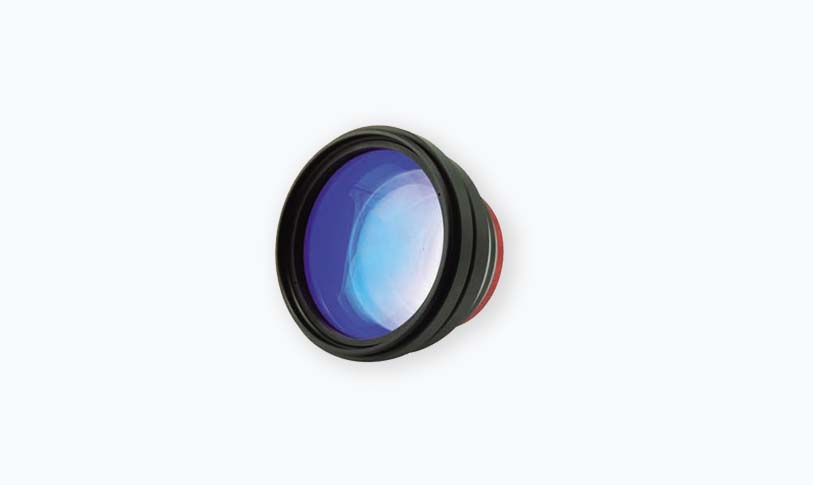In the ever-evolving landscape of manufacturing technology, the introduction of high-power laser systems has revolutionized various industrial processes. Among these, the 1000W fiber laser stands out as a powerhouse for precision cutting, welding, engraving, and more. This innovative technology combines the efficiency of fiber optics with the power and control required for intricate job demands, making it an invaluable asset for businesses looking to enhance their production capabilities.
The Mechanics Behind 1000W Fiber Lasers
At the core of a 1000W fiber laser is the unique use of fiber optics. Traditional CO2 lasers have long been the go-to choice for many applications in the past decades; however, fiber lasers have made significant inroads due to their inherent advantages. A fiber laser generates a laser beam by utilizing a rare-earth element-doped optical fiber, which allows for higher efficiency and beam quality. The power output of 1000W in this laser type enables it to cut through thicker materials more effectively than lower-power options.
One of the key benefits of the fiber laser is its ability to produce a focused and consistent beam, resulting in cleaner cuts and minimal heat-affected zones. This precision reduces the need for secondary machining processes, cutting costs and time significantly. It’s particularly advantageous for industries that require meticulous tolerances and surface finishes, such as aerospace, automotive, and medical device manufacturing.

Unlocking the Future of Precision Engineering: The Advantages of Using a 1000W Fiber Laser in Manufacturing Applications
Versatility Across Materials
Another compelling reason behind the growing popularity of 1000W fiber lasers is their versatility. They work exceptionally well on a wide range of materials, including metals like stainless steel, aluminum, brass, and copper. Unlike CO2 lasers, which struggle with highly reflective materials, fiber lasers can easily handle them due to their shorter wavelength, making them ideal for applications in industries that require the cutting and welding of diverse materials.
This adaptability is essential in the current fast-paced market environment, where manufacturers often need to pivot between different projects. With a 1000W fiber laser, companies can confidently shift their production lines from one material to another without compromising on quality or efficiency.

Unlocking the Future of Precision Engineering: The Advantages of Using a 1000W Fiber Laser in Manufacturing Applications
Cost Efficiency and Operational Savings
Investing in a 1000W fiber laser also brings significant cost advantages. While the initial investment may be higher than traditional laser systems, the long-term savings can be substantial. Fiber lasers are known for their low operational costs thanks to their energy efficiency and reduced maintenance requirements. They consume less electricity than their CO2 counterparts and have fewer moving parts, which translates to lower wear and tear.
Furthermore, the enhanced speed and precision provided by a fiber laser lead to increased throughput. Manufacturers can complete jobs faster, reduce scrap waste, and maximize the usage of their materials. This efficiency increases overall profitability and allows small to medium enterprises to compete effectively with larger organizations.

Unlocking the Future of Precision Engineering: The Advantages of Using a 1000W Fiber Laser in Manufacturing Applications
Environmental Considerations
As industries become more aware of their environmental impact, the push for greener technologies is more pronounced than ever. Fiber lasers provide an environmentally friendly alternative to traditional cutting methods. They operate with higher efficiency and lower emissions, making them a suitable choice for companies looking to enhance their sustainability efforts.
Moreover, fiber lasers typically produce less waste, as their precise cutting capabilities minimize the amount of leftover material. This reduction not only cuts costs but also aligns with corporate responsibility goals related to waste management.
Future Trends and Innovations
As laser technology continues to advance, the capabilities of 1000W fiber lasers are expected to improve further. Industry leaders are actively exploring innovations in beam manipulation, automation, and integration with AI-driven systems to streamline workflows and enhance outcomes. These advancements will not only push the boundaries of what can be achieved with laser technology but also make it more accessible to a wider range of industries.
Additionally, the growth of the Industry 4.0 movement emphasizes the importance of smart factories and connected systems. Integrating 1000W fiber lasers into these ecosystems allows manufacturers to benefit from real-time data, predictive maintenance, and improved operational efficiency.
Conclusion
The 1000W fiber laser has proven to be a game changer in the realm of precision manufacturing. With unparalleled speed, efficiency, and versatility, it addresses the challenges faced by various industries today. As technology evolves and more manufacturers adopt this innovative solution, the future looks bright for those ready to embrace the enhancements that fiber laser technology has to offer. Whether it’s through improved productivity, reduced costs, or increased sustainability, investing in a 1000W fiber laser is undoubtedly a step towards unlocking new levels of manufacturing excellence.galvo scan head



